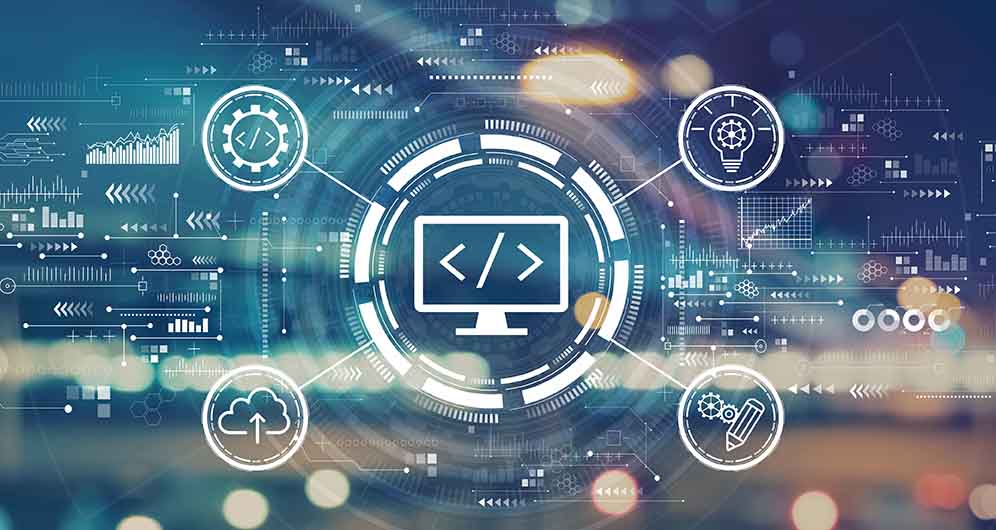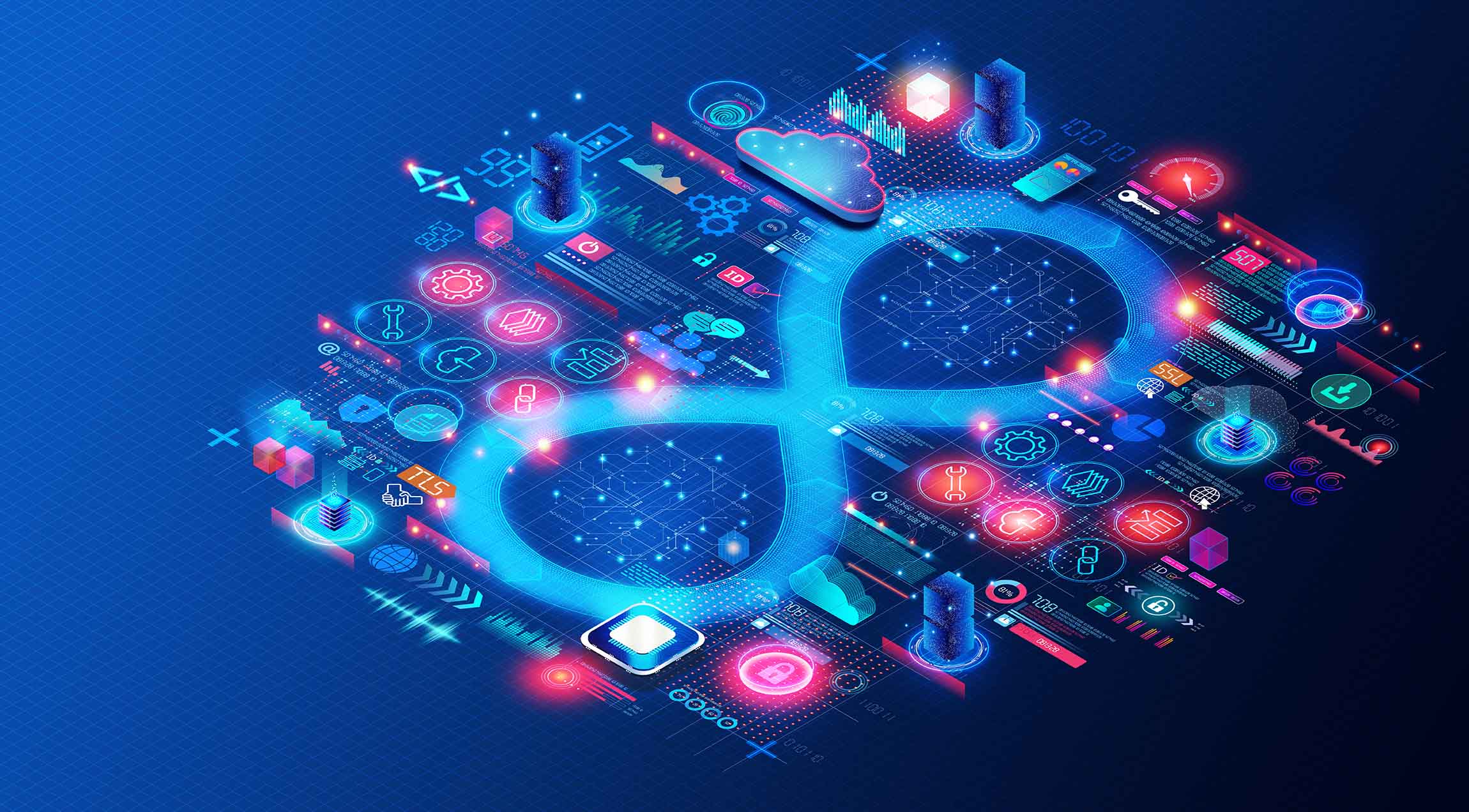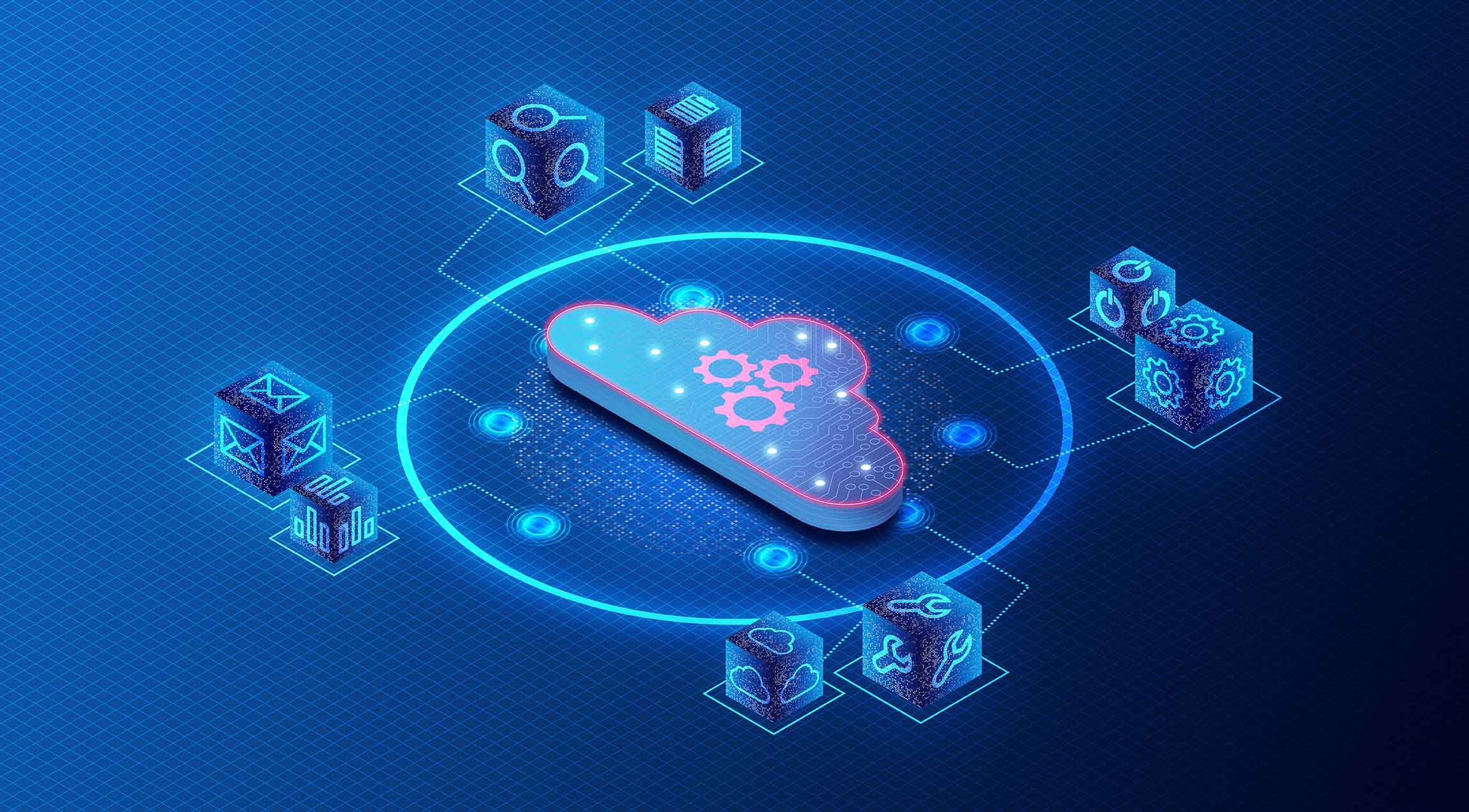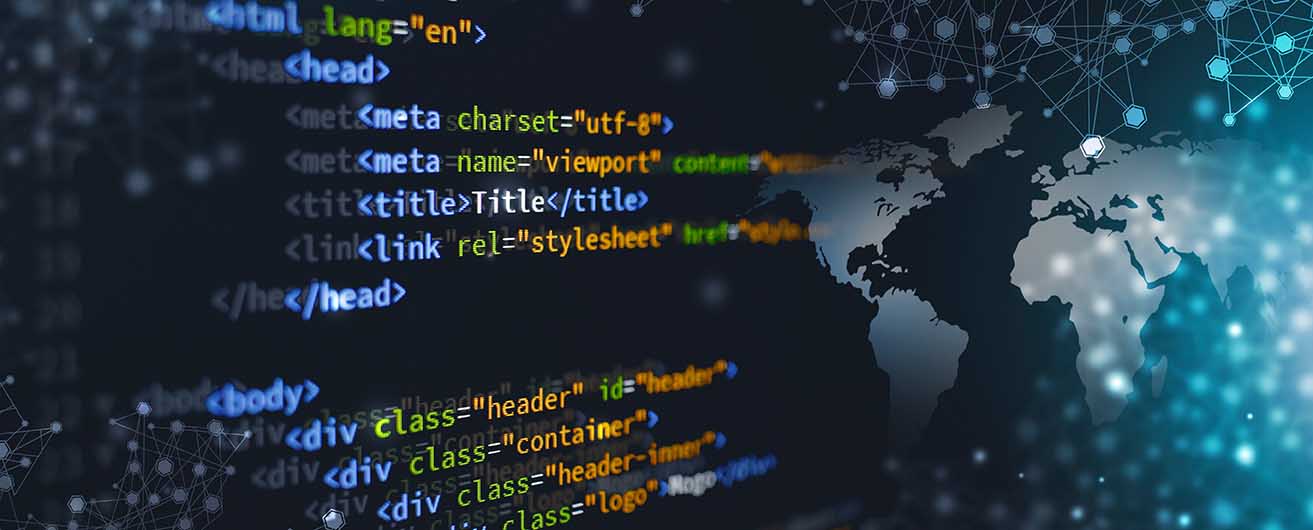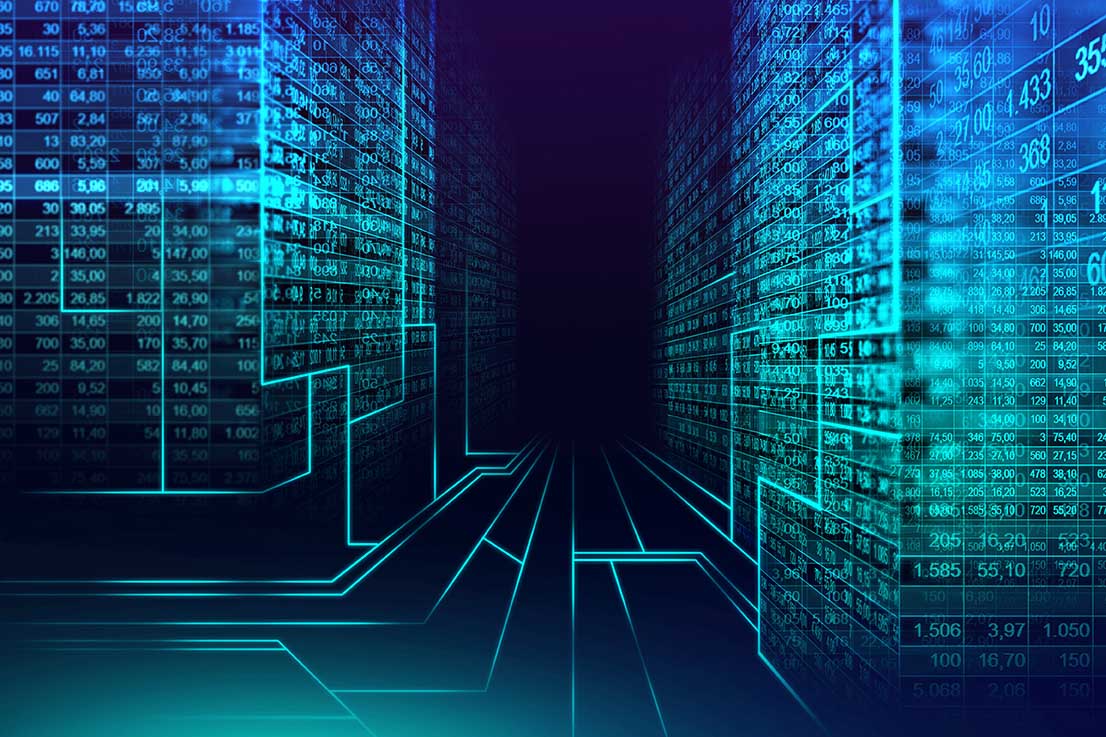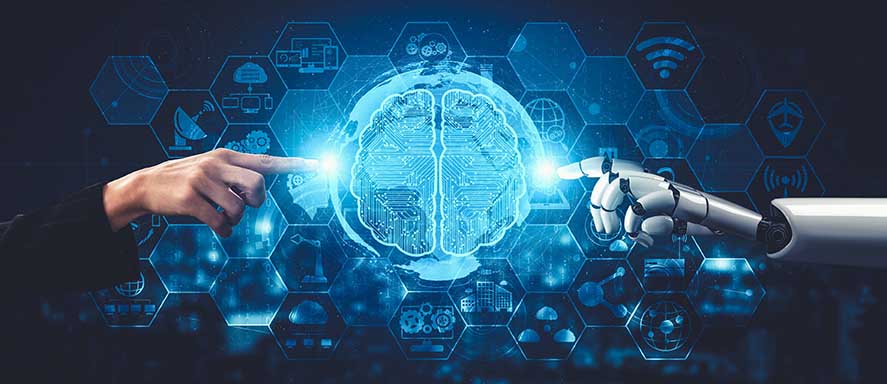Digital Twins, Unlocking New Possibilities in the Age of IoT and AI
In the rapidly evolving landscape of technology, digital twins have emerged as a game-changing concept that is revolutionizing industries across the board. By creating virtual replicas of physical objects, processes, or systems, digital twins enable businesses to simulate, monitor, and optimize their operations in unprecedented ways. As the Internet of Things (IoT) continues to expand and Artificial Intelligence (AI) advances, the potential of digital twins is becoming increasingly apparent.
Understanding Digital Twins
A digital twin is a virtual representation of a physical asset, process, or system that mirrors its real-world counterpart. It leverages data from sensors, historical information, and simulations to create a dynamic, real-time model that can be used for various purposes, such as monitoring performance, predicting maintenance needs, and optimizing operations [1].
The concept of digital twins has gained significant traction in recent years, with the digital twin market expected to reach $48.2 billion by 2026 [2]. This growth is driven by the increasing adoption of IoT devices, the need for predictive maintenance, and the desire for improved operational efficiency.
Use Cases and Benefits
Digital twins find applications across a wide range of industries, including manufacturing, healthcare, automotive, aerospace, and more. Some notable use cases include:
- Predictive Maintenance: By analyzing data from sensors and historical records, digital twins can predict when equipment is likely to fail, enabling proactive maintenance and reducing downtime.
- Product Design and Testing: Digital twins allow companies to virtually design, test, and optimize products before physical prototyping, saving time and resources.
- Supply Chain Optimization: Digital twins can simulate and optimize supply chain processes, identifying bottlenecks and improving efficiency.
- Smart Cities: Digital twins of cities can help urban planners optimize infrastructure, traffic flow, and resource allocation.
The benefits of digital twins are numerous, including improved efficiency, reduced costs, enhanced decision-making, and increased innovation. However, implementing digital twins also comes with challenges, such as data integration, security concerns, and the need for specialized skills.
The Evolution of IoT and Web of Things
The Internet of Things (IoT) has been a driving force behind the rise of digital twins. IoT refers to the interconnected network of physical devices, vehicles, appliances, and other objects embedded with sensors, software, and connectivity, enabling them to collect and exchange data.
The history of IoT dates back to the late 1990s, with the term being coined by Kevin Ashton in 1999. Since then, IoT has experienced exponential growth, with billions of devices connected worldwide. This growth has been fueled by advancements in sensor technology, wireless connectivity, and cloud computing.
To standardize and simplify the development of IoT applications, the Web of Things (WoT) standard was introduced by the World Wide Web Consortium (W3C). WoT provides a common framework for describing the capabilities and interfaces of IoT devices, making them easily discoverable and interoperable [3]. This standard enables developers to create IoT applications using familiar web technologies, such as HTTP, JSON, and WebSockets.
Digital Twin Frameworks and AI Integration
To support the development and deployment of digital twins, various frameworks and platforms have emerged. Some notable examples include:
- Microsoft Azure Digital Twins: A cloud-based platform that enables the creation and management of digital twins across various domains.
- IBM Digital Twin Exchange: A marketplace for digital twin solutions, offering pre-built models and tools for various industries.
- Eclipse Ditto: An open-source framework for building digital twins, focusing on device management and data integration.
- AWS IoT TwinMaker: A service that simplifies the creation and management of digital twins on the Amazon Web Services (AWS) platform.
The integration of AI with digital twins is a game-changer for enterprise digital transformation. By leveraging machine learning algorithms and predictive analytics, digital twins can provide deeper insights, optimize processes, and enable autonomous decision-making. AI-powered digital twins can analyze vast amounts of data in real-time, identify patterns, and make intelligent recommendations, leading to improved operational efficiency and innovation.
Conclusion
Digital twins, in combination with IoT and AI, are ushering in a new era of visibility, optimization, and transformation across industries. As businesses embrace these technologies, they gain unprecedented insights into their operations, enabling them to make data-driven decisions, improve efficiency, and drive innovation. While challenges remain, the potential benefits of digital twins are immense, making them a crucial component of any forward-thinking enterprise's digital strategy.
